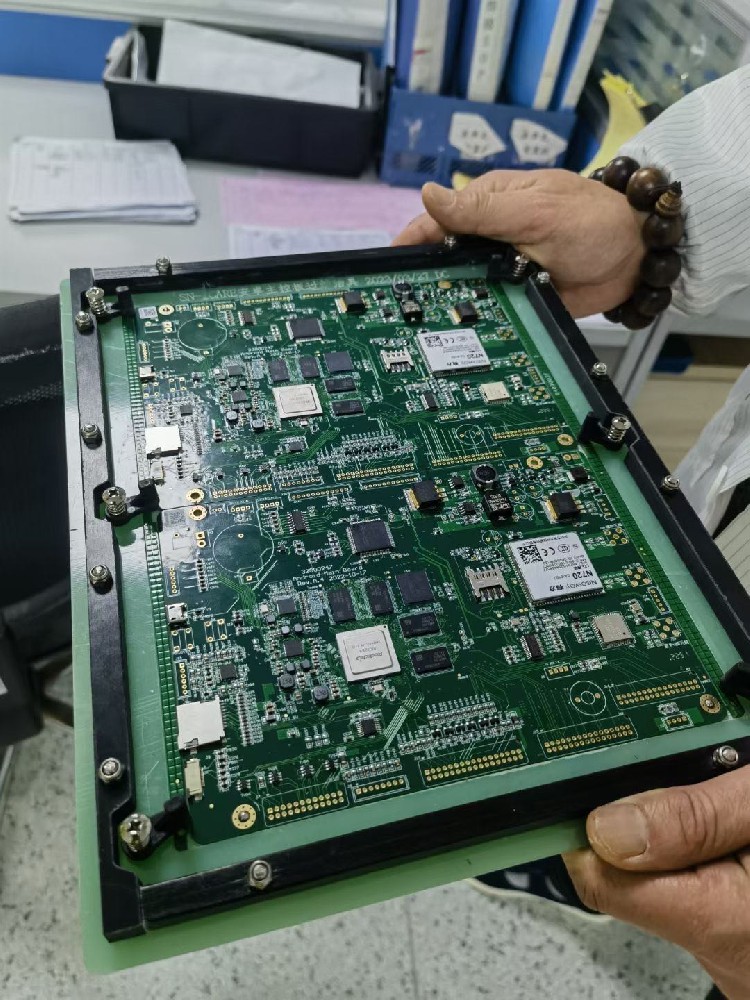China Topscom posted,Printed Circuit Board (PCB) assembly is a crucial step in the manufacturing of electronic devices. It involves the assembly of various electronic components onto a PCB, creating a functional and reliable electronic system. This article aims to provide a comprehensive understanding of PCB assembly, its components, and the overall process involved.

What is PCB Assembly?
PCB assembly, also known as PCBA, is the process of mounting electronic components onto a printed circuit board. It is a fundamental step in the production of electronic devices, ranging from smartphones and computers to medical equipment and automotive systems. PCB assembly transforms a bare PCB into a fully functional electronic system capable of performing specific tasks.
Components of PCB Assembly:
Printed Circuit Board (PCB):
The PCB serves as the foundation for PCB assembly. It is a flat board made of non-conductive material, typically fiberglass-reinforced epoxy. The PCB contains conductive pathways, known as traces, which connect various electronic components and allow the flow of electrical signals.
Electronic Components:
Electronic components are the building blocks of any electronic system. They include resistors, capacitors, diodes, transistors, integrated circuits (ICs), connectors, and more. These components perform specific functions and are mounted onto the PCB to create a functional circuit.
Solder:
Solder is a metal alloy used to create electrical and mechanical connections between the electronic components and the PCB. It is melted and applied to the component leads and PCB pads during the soldering process. Solder ensures reliable electrical connections and mechanical stability.
Solder Paste:
Solder paste is a mixture of solder alloy particles and flux. It is applied to the PCB pads using a stencil before the components are placed. Solder paste helps in the precise placement of components and facilitates the soldering process.
The PCB Assembly Process:
Component Placement:
The first step in PCB assembly is the placement of electronic components onto the PCB. This can be done manually or using automated pick-and-place machines. The components are carefully positioned according to the design specifications and secured temporarily using adhesive or solder paste.
Soldering:
Soldering is the process of permanently attaching the components to the PCB. There are various soldering techniques, including wave soldering, reflow soldering, and hand soldering. The solder is heated, causing it to melt and create a strong bond between the component leads and the PCB pads.
Inspection and Testing:
After soldering, the assembled PCB undergoes thorough inspection and testing. Automated optical inspection (AOI) systems and X-ray machines are used to detect any defects, such as solder bridges, missing components, or incorrect placements. Functional testing ensures that the assembled PCB operates as intended.
Cleaning and Coating:
Once the PCB assembly passes inspection and testing, it is cleaned to remove any flux residues or contaminants. Cleaning ensures the reliability and longevity of the electronic system. Additionally, conformal coating may be applied to protect the PCB from environmental factors such as moisture, dust, and corrosion.
Conclusion:
PCB assembly is a critical process in the manufacturing of electronic devices. It involves the precise placement and soldering of electronic components onto a printed circuit board, creating a functional and reliable electronic system. Understanding the components involved and the assembly process is essential for ensuring the quality and performance of electronic devices in various industries, including consumer electronics, automotive, aerospace, and medical sectors.


